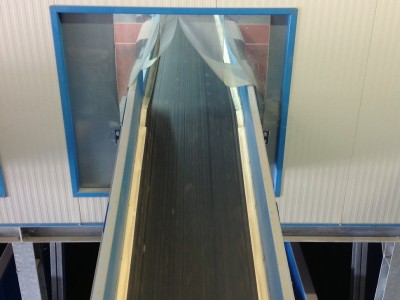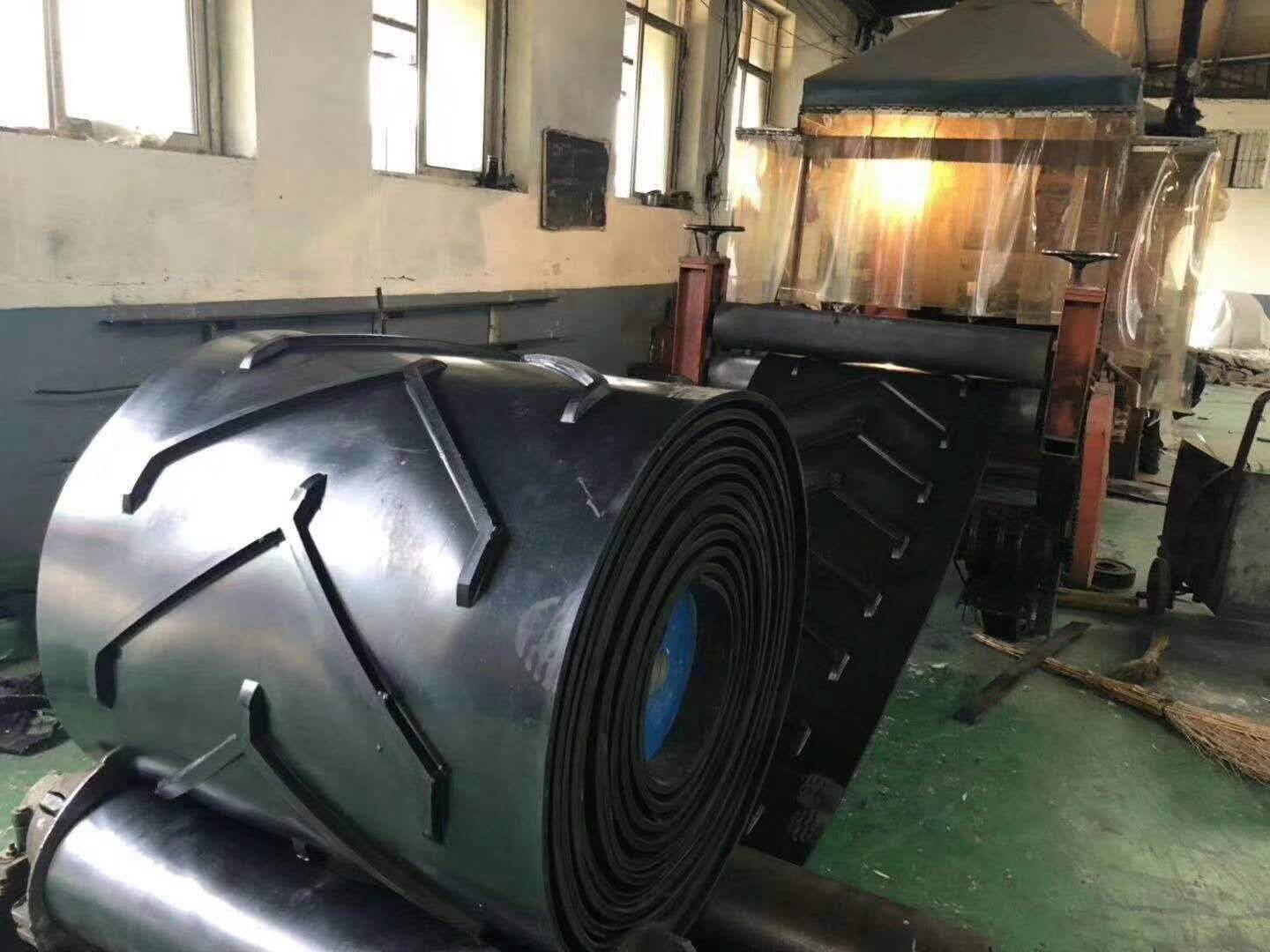1.Wear resistant conveyor belt
Cotton Fabric Belts
Polyamide Fabric Belts
Polyester Fabric Belts
Aramid Fabric Belts
Rip Stop Beltteel Belts
1.Steel Cord Belt
a)Steel Rope Belts with Metal Weft
b)Steel Cord Belt with Textile Weft
2.Steel Cord Fabric Belts
Belts According to Carcass

| Recommended Minimum Pulley Diameters, EP Tensile Strength, Conveying Material Load | |||||||||||||||||||||||||||||||||||||||||||||||||||||||||||||||||||||||||||||||||||||||||||||||||||||||||||||||||
| |||||||||||||||||||||||||||||||||||||||||||||||||||||||||||||||||||||||||||||||||||||||||||||||||||||||||||||||||
** The thickness of the conveyor belt must be appropriately selected depending on the conveying materials and the operating environment. This will help extending the service life of the conveyor belt.

Cover Rubber grade
Type A -Abrasion Resistant/Wear resistant conveyor belt
Cement Works: Quarries, open storage and reclamation, preblending.Ports: Ship loading or unloading installations .
Quarries: Primery and secondary conveyors.
Public Works: Boring, tunneling earthmoving.
Electricity Generating Stations: Pre-blending, feed tohoppers, open storage and reclamation.
Sugar Mills: Handling of raw beets.
Pulp Mills: Handling of logs.
Coal Mines: Tipping, refilling, washing.
Steel Works: ran ore hanling, open storage and reclamation, sinter plant, blast furnace feed,slag recovery.
Belts According to Steep Angle
- Conveyor belts with no surface partitioning Piece goods conveyor belts with cover patterning.
- Belts with chevron cleats.
- Box-section belts with corrugated sidewalls.
- Conveyor belts in sandwich design.
- Elevator belts.

